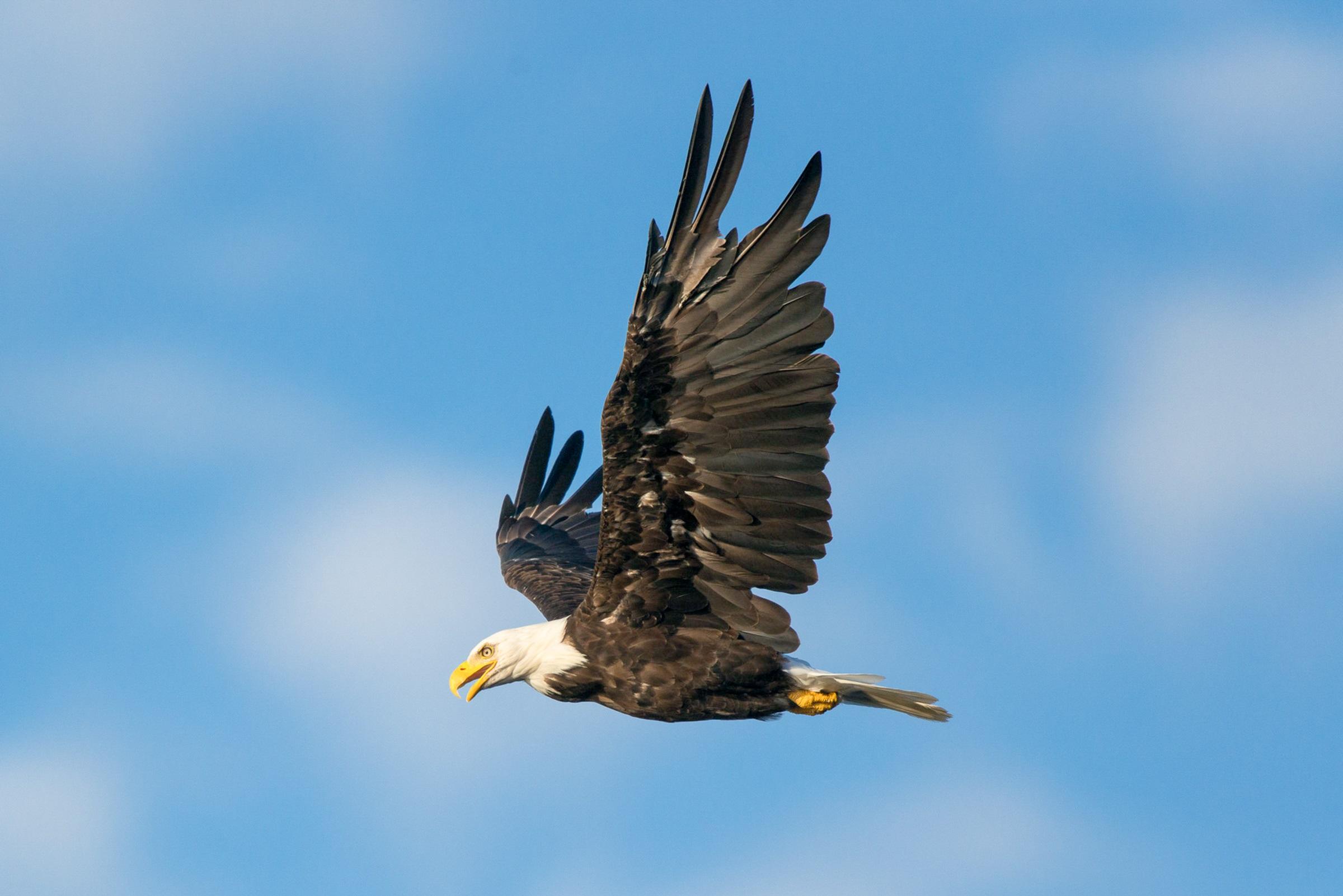
New Haven, CT – The State of Connecticut yesterday announced it has accepted a bid from Vineyard Wind to supply 804 megawatts of energy per year from a wind farm to be built in ocean waters off the coast of southern New England. This represents the largest purchase of renewable energy in Connecticut’s history.
The decision is pursuant to Public Act 19-71, which directed the Department of Energy and Environmental Protection to (1) solicit proposals for offshore wind power projects with generating capacity up to 2,000 megawatts, and (2) direct the electric distribution companies to enter into long-term contracts with the chosen wind provider(s). The Vineyard Wind contract term will be 20 years with turbines expected to come online in 2025.
The legislation also called for the establishment of a Commission on Environmental Standards to ensure stakeholder input and that the latest science is used to avoid, minimize, and mitigate any impacts to wildlife, natural resources, ecosystems, and water-dependent uses such as commercial fishing during and after construction. As part of the RFP process all bidders were required to submit an environmental and fisheries mitigation plan.
Carefully sited and operated offshore wind is a critical part of Connecticut’s energy future. A robust offshore wind supply will increase electric grid reliability, help meet winter peak demand, and reduce reliance on fossil fuels—all while supporting new, high-quality jobs and helping the state meet its Global Warming Solutions Act targets.
Climate and environmental advocates from across the region responded to the choice:
“Audubon is very glad to hear that DEEP chose the proposal that scored the best in its design and plans to address environmental and fisheries impacts. DEEP also indicated that mitigation (fund) is a possibility under this Park City Wind’s proposal if efforts to avoid and minimize impacts are insufficient,” said, Corrie Folsom-O’Keefe, Audubon Connecticut’s Director of Bird Conservation. “While not a requirement in the RFP, Audubon feels that a mitigation fund is an important component of an environmental and fisheries mitigation plan. We look forward to seeing the actual details of Vineyard’s plan.”
– Corrie Folsom-O’Keefe, Director of Bird Conservation for Audubon Connecticut
“Connecticut has aggressive climate mandates, and this is a major step in meeting those requirements to decarbonize the electric sector. It’s fitting that Bridgeport, home to Connecticut’s last coal plant and heavily affected by high asthma rates, was selected for the proposal and will benefit from our state’s growing renewable energy sector, said Charles Rothenberger, Climate and Energy Attorney with Connecticut Fund for the Environment. “While the environmental mitigation details of the plan were not made public during the bid selection process, we look forward to reviewing them. It will be important for the Commission on Environmental Standards to play an ongoing role in monitoring the project throughout the planning, construction, and operation stages to ensure the project meets the high environmental expectations that Connecticut has set.”
– Charles Rothenberger, Climate and Energy Attorney for Connecticut Fund for the Environment/Save the Sound
“Connecticut took a momentous step toward a clean energy future by selecting its second and largest offshore wind project. Responsibly developed offshore wind power is the region’s golden opportunity to transform our energy portfolio, and projects at the scale of Park City Wind are critical to confronting the climate crisis” said Catherine Bowes, the National Wildlife Federation’s Director of Offshore Wind Energy. "We look forward to working with state and federal regulators, project developers, and stakeholders to ensure that our coastal and marine wildlife are protected every step of the way as this and all projects built to power Connecticut move through the permitting process. In particular, strong mitigation measures throughout all stages of development are needed to protect our most vulnerable species such as the critically endangered North Atlantic right whale.”
– Catherine Bowes, Program Director, Offshore Wind Energy for the National Wildlife Federation
“Stakeholders, including wildlife experts, need to have access to the project process as it is developed and implemented so we are pleased that the proposal includes quarterly meetings between Vineyard Wind and the Commission on Environmental Standards,” said Nathan Frohling, director of coastal and marine initiatives for The Nature Conservancy and a Commission member. “Although we haven’t seen the details, it is good to hear that the proposal also includes environmental monitoring throughout all project phases, particularly pre-construction monitoring which is both critical and often missing,” he added.
– Nathan Frohling, Director of CT Coastal and Marine Initiatives for The Nature Conservancy in Connecticut



